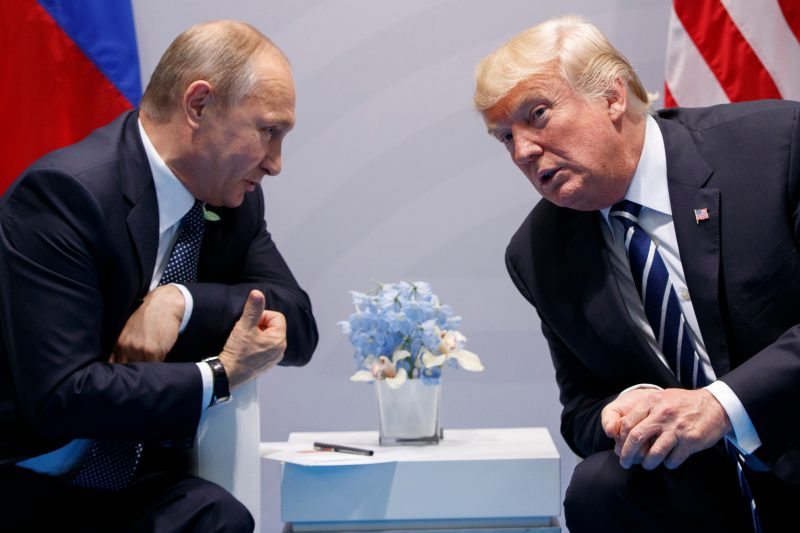A Closer Look at Russian Interference: Separating Fact from Fiction
The issue of Russian interference in the 2016 US presidential election has been a contentious topic that continues to fuel debate and controversy. While some have dismissed it as a hoax, a closer examination of the evidence reveals a different narrative. Russian interference, through various tactics such as misinformation campaigns and hacking, had a significant impact on the election and represented a serious threat to the democratic process.
One of the key aspects of Russian interference was the use of social media platforms to spread disinformation and sow discord among the American public. Russian operatives created thousands of fake accounts on platforms such as Facebook and Twitter to promote divisive content and target specific groups. These efforts were designed to manipulate public opinion and undermine trust in the electoral system.
Additionally, Russian hackers targeted the email accounts of prominent political figures and organizations, leading to the release of sensitive information that had the potential to sway public opinion. The hacking of the Democratic National Committee’s emails, for example, exposed internal communications that were damaging to the party and its candidate, Hillary Clinton. This breach of security further highlighted the extent of Russia’s interference and its impact on the election.
Furthermore, the Mueller report, which investigated Russian interference in the election, concluded that there was substantial evidence to support the claim that Russia had meddled in the electoral process. The report detailed the extensive efforts taken by Russian operatives to influence the outcome of the election and highlighted the seriousness of the threat posed by foreign interference.
Despite these findings, some continue to downplay the significance of Russian interference, dismissing it as a hoax perpetuated by political opponents. However, the evidence clearly indicates that Russian interference was a real and substantial threat that required a robust response from the US government and other relevant entities.
Moving forward, it is essential to learn from the lessons of the 2016 election and take steps to safeguard the electoral process from foreign interference. This includes implementing stronger cybersecurity measures, increasing transparency in political advertising, and educating the public about the dangers of disinformation. By taking these actions, we can help protect the integrity of our democratic institutions and ensure that future elections are free from outside influence.
In conclusion, Russian interference in the 2016 US presidential election was not a hoax but a serious threat to the democratic process. By acknowledging the reality of this interference and taking proactive measures to prevent it in the future, we can uphold the principles of democracy and protect the integrity of our electoral system.
